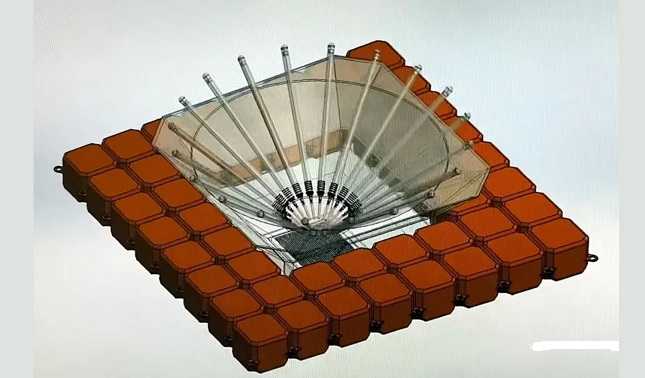- cross-posted to:
- technology@lemmy.ml
- cross-posted to:
- technology@lemmy.ml
Offers better brine handling and produces higher-purity water, making it ideal for offshore green hydrogen production. Sustainable and efficient solution with low environmental impact.



It’s not clear from the article, but if this is a direct solar-to-dessalination I can understand how it uses less energy (why does it use any energy at all?) than other methods with pumps and filters, the issue is rate maybe, but I can’t find a paper about this.
Found https://fuelcellsworks.com/news/malaga-students-patent-an-innovative-solar-desalination-system-to-produce-green-hydrogen/ which says it produces 1 cubic meter per day, which is great for small-scale seaside production. Again, I have no access to details of how 1 square meter of sunlight (or more, maybe they use mirrors to concentrate sunlight, it says 9 square meters, as kerfuffle mentioned) can dessalinate 1 cubic meter of water per day, but it’s great if it works, just wondering why solar dessalination hadn’t been tried to this degree of success before.
deleted by creator
Typically people will prefer the option that gives them a $50 water bill over a $200 one.
water should be free
deleted by creator
tax ?
deleted by creator
Okay, so I’m a government that has collected $1 billion in taxes, do I choose the solution that provides water to 1 million people or 2 million people at the same cost.
Having a price tag isn’t just a feature of capitalism, it represents effort and labor. Even if we didn’t have money, we would be deciding if we should spend our villagers’ time building the water purification system that provides water to half the village or the one that provides to the whole village.
deleted by creator
I like your optimism, but we live under capitalism. We might be going to war over water soon.